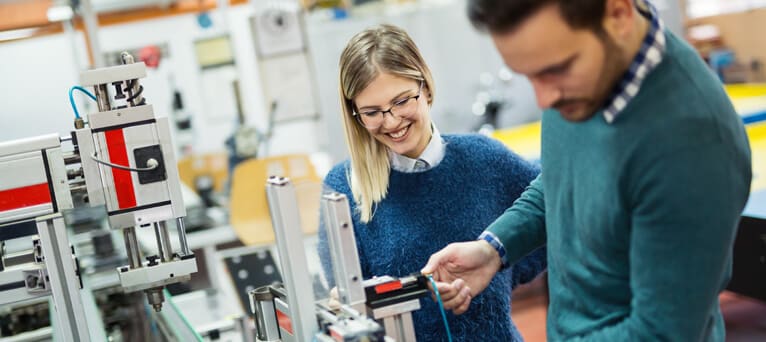Have you ever wondered how much of the calcium, magnesium or zinc contained in your food or mineral supplement makes it into your body, or whether it is beneficial to live in a hard water area? The absorption of these elements depends on the competing processes of solubilisation, precipitation and absorption in your small intestine. These processes are governed by the interaction of the divalent cations with the plethora of molecules derived from your food. However, the sheer number of molecules involved, coupled with the low concentrations available for analysis, make it unfeasible to determine the distribution of Ca, Mg or Zn between the molecules using conventional titrimetric methods.
In this PhD studentship, you will develop and apply cutting-edge nuclear magnetic resonance (NMR) techniques to reveal how divalent metals (M2+, M = Ca, Mg, Zn) are distributed between the various molecules present in the small intestine. Working with researchers at the Quadram Institute, you will construct lab-based models of the gastrointestinal tract to simulate the digestion of M2+-containing foods and supplements. Your work will forge a crucial link between the dietary intake of food and the quantity of M2+ absorbed. This work will greatly aid the development of new foods and supplements to treat individuals suffering from deficiencies of Ca, Mg or Zn.
Based in the School of Pharmacy at UEA, you will join a diverse community of researchers with interests spanning pharmaceutical materials, tissue pharmacology and medicinal chemistry. You will receive training in advanced NMR spectroscopy, food science, enzymology, and human gastrointestinal physiology. The breadth of the project will place you in a strong position for your future scientific career, be it as an NMR spectroscopist or researcher in the fields of food science, nutrition or biotechnology.

 Continue with Facebook
Continue with Facebook




